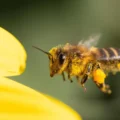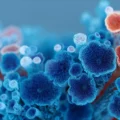Tissue fusion is integral to mammalian morphogenesis, and its failure is a significant cause of structural anomalies, yet the underlying cellular mechanisms are incompletely understood. We examine cellular drivers of upper lip fusion in the mammalian embryo by establishing a live-imaging modality, revealing specific enrichment of F-actin that propagates in multicellular cables anchored at the fusion site. Actomyosin contractility drives lip fusion, and its pharmacological or genetic attenuation results in failed fusion and cleft lip. Generating a series of mice deficient in specific p120-catenin molecular functions, we reveal that p120-catenin binding to RhoA and Kaiso is dispensable during mammalian development, while stabilization of cadherins is crucial. Through generating an allelic series of new compound P-cadherin/E-cadherin mouse mutations disrupting combined cadherin levels, we unveil an elevated cadherin cell adhesion threshold requirement specific to upper lip fusion. Finally, we identify CDH3 variants in individuals with cleft lip, supporting the relevance of this mechanism in human tissue fusion.









No Comments
Leave a comment Cancel